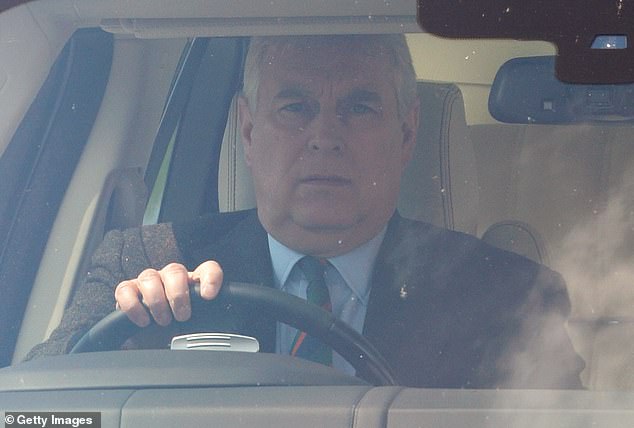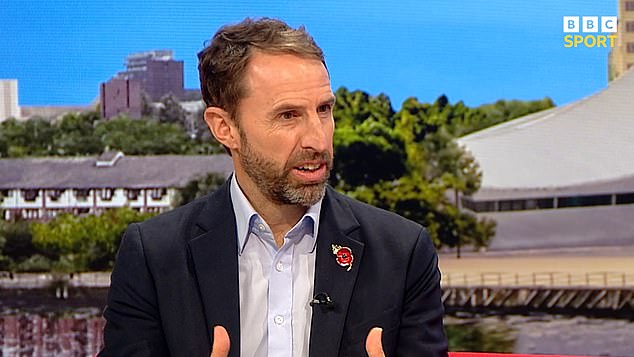News on TDPel Media
Pregnant British Teen Bella Culley Walks Free from Georgian Prison Following Last-Minute Plea Bargain and Family-Paid Fine
A shocking last-minute twist has seen 19-year-old Bella Culley, a pregnant British national, released from…
Prince Andrew prepares to leave Royal Lodge after being stripped of his Duke of York title amid Epstein scandal in Windsor Great Park England
Prince Andrew, formally stripped of his royal titles, is set to receive far less than…
George Clooney Opens Up About Enjoying Family Life and Parenting Twins in the Spotlight of Hollywood
George Clooney is giving fans a rare peek behind the curtain of his personal life,…
Liverpool Women’s Forward Mia Enderby Suffers Serious Injury and Is Rushed to Hospital During Tottenham Hotspur Match at Brisbane Road
The Liverpool women’s squad faced more challenges this weekend when star forward Mia Enderby was…
Gary Neville Criticizes St George’s Flag Display for Creating Division Among Communities in Manchester
England football legend Gareth Southgate has found himself at the centre of a heated debate…
Auction House Prepares to Sell Lieutenant Neville Methven’s Medals Highlighting His Deadly Sniper Feats on the Western Front in London
History buffs and military collectors are about to get a rare glimpse into the life…
Bitcoin investors witness heavy sell pressure as major exchanges in global markets record multi-year lows in buying activity
It’s been a rocky few weeks for Bitcoin investors, and the market isn’t exactly offering…
Liverpool suffer early setback at Anfield as Manchester United score within a minute and Alexis Mac Allister suffers a worrying head injury
Liverpool’s clash with Manchester United got off to a chaotic and concerning start at Anfield,…
Soaring temperatures and Middle East tension trigger Bitcoin mining crash and recovery across global data hubs
Just when things seemed steady, Bitcoin’s mining power suddenly took a sharp dive—only to rebound…
Leaked emails reveal Ripple founders discussed digital payment system in 2004 long before Bitcoin launched globally
When most people think of the beginning of crypto, their minds go straight to Bitcoin…
Leaked emails reveal Ripple founder outlined digital payment system in Canada years before Bitcoin emerged
Everyone knows the legend of Bitcoin: Satoshi Nakamoto, 2008 whitepaper, and the first block mined…
Bitcoin rebounds sharply as investors shift focus from US-Iran airstrikes to Middle East ceasefire deal
It's been a dramatic few days for Bitcoin holders, with price charts looking more like…
Safe Payment Methods for Online Gambling in Australia
Online gambling in Australia is more than just pokies and card games — it’s an…
October Safety Topic: Essential Training for Workplace Safety
October is a key month for raising awareness about workplace safety. As the seasons change…
Marks and Spencer CEO slams new Brexit labelling rules that burden grocery retailers in Northern Ireland with rising costs and confusion
With a new wave of post-Brexit regulations about to hit, Marks & Spencer’s boss Stuart…
Celebrity Traitors star Ruth Codd opens up about harsh alcohol limits and her struggles fitting in with big-name stars on set in Scotland
While Celebrity Traitors might look like a fun-filled game of deception and cocktails, Ruth Codd…
Gary Lucy reveals ITV is planning to revive Footballers’ Wives with an all-star cast for a glamorous 2026 comeback in the UK
Two decades after it first turned heads, Footballers’ Wives might soon be making a glamorous…
BBC announces the full celebrity line-up for the 20th season of Celebrity MasterChef set to air on BBC One in London
Fans of cooking competitions have plenty to look forward to as Celebrity MasterChef gears up…












